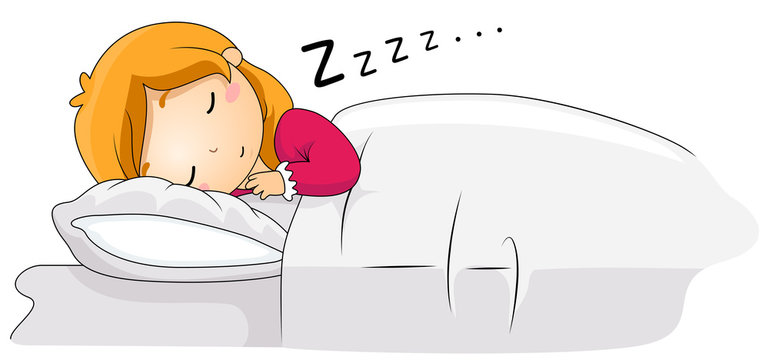What happens in your brain while you dream?
For centuries, people have been fascinated by this term, dream. Wait for a second, is it actually a thing, phenomenon, feeling, or just nothing! Even still we don't know everything about it. But, what is this weird stage that we pass while we sleep? Does it have a head or tail, or is it completely meaningless! That does not make sense, right?
The textbook definition which describes dream the best is it's is a succession of images, ideas, emotions, and sensations that usually occur involuntarily in the mind during certain stages of sleep.[1] Though the meaning and purpose of dreams are still subject to significant debate.
To understand this better, we must have a clear idea about the sleep cycle.
Every time we sleep, we pass through several stages of this sleep cycle. At first, our body stays awake, just like while you relax after studying for a long duration. Now, slowly, we start to lose sense. There are 4 normal stages of sleep while this exact thing happens. In these non-REM sleep stages, your heart rate and brain activity become slowest and it is hard to wake you up even with loud noises.
But the main magic of this sleep happens in the fifth stage when your eyes move rapidly from side to side. In this stage, you experience dreaming as your brain activity increases to a more wakeful state. The amygdala, an almond-shaped structure involved in processing emotions, becomes increasingly active during REM sleep. Your heart rate increases to near its wakeful state. Your breathing becomes faster and even irregular at times. And, your limbs temporarily become paralyzed.[2] This phenomenon is what we call sleep paralysis. And this stage of sleep is known as Rapid-Eye-Movement or REM sleep.
In a night sleep, we experience several stages of REM sleep. The first REM stage may occur after ~45-90 minutes of non-REM stages and it lasts for a very short time, as short as 10 minutes. As time passes, this REM sleep duration increases and it can go as long as an hour. If we summarize the whole sleep cycle, it looks something like a weird-looking graph.
Okay, now, let us go back to our main topic, dreams.
According to Sleep Foundation, In sleep, visual imagery is the most common but dreams can involve all of the senses. Some people dream in color while others dream in black and white, and people who are blind tend to have more dream components related to sound, taste, and smell.
But even when these weird things happen while we dream, we can't remember most of it? And what are the objects of dreams?
According to NINDS.NIH.GOV, you spend about 2 hours each night dreaming but may not remember most of your dreams. Its exact purpose isn’t known, but dreaming may help you process your emotions. Events from the day often invade your thoughts during sleep, and people suffering from stress or anxiety are more likely to have frightening dreams. Dreams can be experienced in all stages of sleep but usually are most vivid in REM sleep.
On the other hand, Sleep Foundation says studies have revealed diverse types of dream content, but some typical characteristics of dreaming include:
- It has a first-person perspective.
- It is involuntary.
- The content may be illogical or even incoherent.
- The content includes other people who interact with the dreamer and one another.
- It provokes strong emotions.
- Elements of waking life are incorporated into the content.





Comments